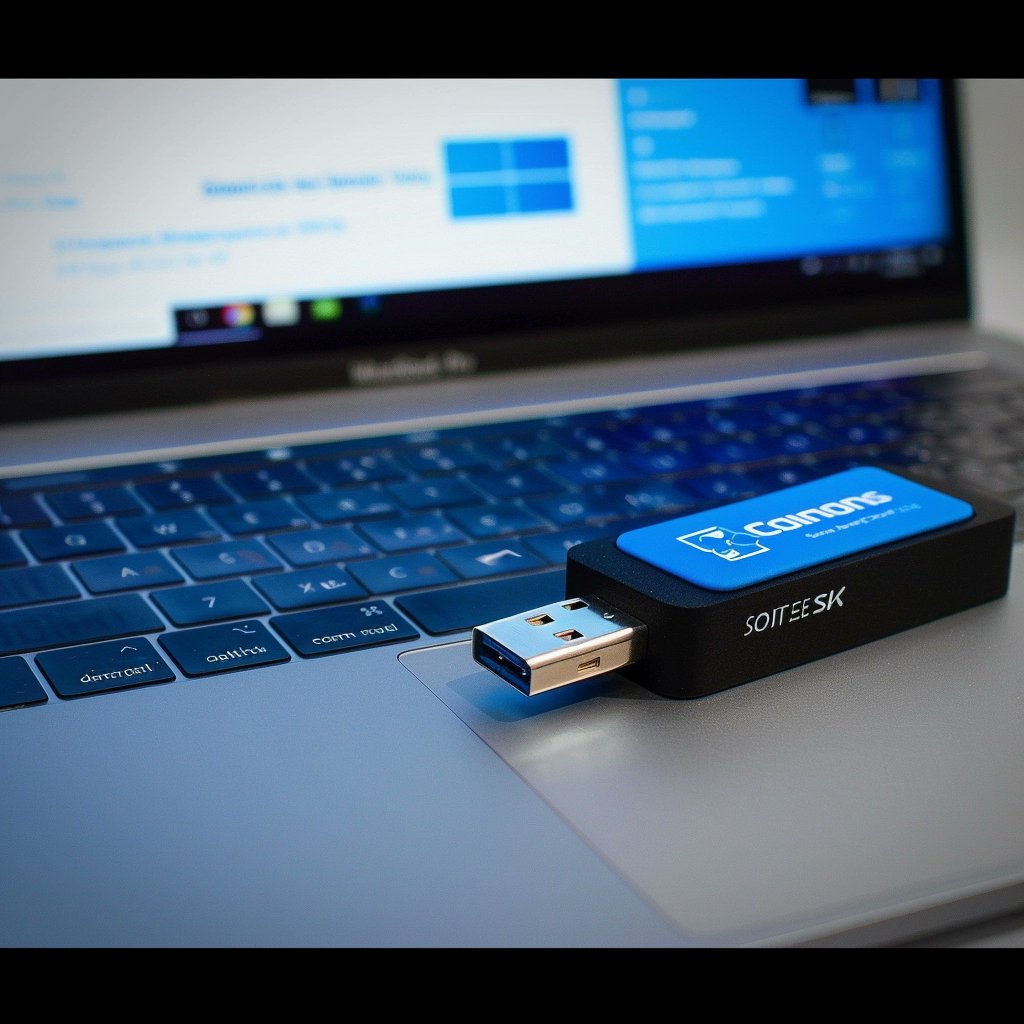The human brain is a marvel of adaptability, capable of tackling an incredible range of activities—from playing chess to scaling a rock face. While these tasks may seem worlds apart, they share intriguing overlaps in the way our brains process them. Let’s dive into the neuroscience behind six fascinating activities: chess, math, coding, music, drawing, and rock climbing.
Chess: Strategic Brilliance in Action
Chess is more than a game—it’s a test of strategic planning, memory, and creative problem-solving. When you play chess, your brain engages:
- Frontal lobe: For planning moves and anticipating your opponent’s strategy.
- Parietal lobe: For visualizing the board and spatial reasoning.
- Basal ganglia: For recognizing familiar patterns, such as openings or tactical sequences.
Chess players often rely on memory and intuition built from countless hours of practice. Each move is a delicate balance of logic and creativity.
Math: Abstract Thinking and Precision
Math is all about numbers and logic, but it’s also an art of abstraction. Solving equations or tackling a problem activates:
- Intraparietal sulcus: For numerical understanding and calculations.
- Left angular gyrus: For arithmetic and symbolic reasoning.
- Prefrontal cortex: For holding equations in working memory and planning solutions.
Whether you’re calculating simple sums or exploring complex formulas, math exercises your brain’s ability to process symbolic information.
Coding: A Language for Machines
Programming is like speaking a language that machines can understand. It combines logic, structure, and creativity. Key brain regions include:
- Prefrontal cortex: For problem-solving and logical sequencing.
- Broca’s area: For processing syntax and understanding code, much like a natural language.
- Parietal lobe: For debugging and organizing visual structures in the code.
Coding bridges abstract reasoning with practical execution, making it a unique mental workout.
Music: Harmony of Emotion and Logic
Creating or playing music blends art and science. When you engage with music, your brain lights up:
- Auditory cortex: For processing sounds and harmonies.
- Motor cortex: For fine motor control when playing instruments.
- Cerebellum: For timing and rhythm.
- Prefrontal cortex: For emotional expression and improvisation.
Music uniquely activates both hemispheres of the brain, combining emotional resonance with mathematical precision.
Drawing: Visual Creativity in Motion
Artistic expression like drawing engages:
- Occipital lobe: For processing visual details.
- Parietal lobe: For spatial reasoning and proportions.
- Prefrontal cortex: For conceptualizing and planning the artwork.
Drawing stimulates your brain’s ability to translate imagination into a tangible form, fostering a deep connection between thought and action.
Rock Climbing: Problem-Solving with Physicality
Rock climbing might seem purely physical, but it’s a mental puzzle. Climbers must evaluate routes and solve problems while managing their physical exertion.
- Motor cortex: For controlling precise movements.
- Parietal lobe: For spatial awareness and route visualization.
- Cerebellum: For balance and coordination.
- Amygdala: For managing fear and maintaining focus.
Each climb is an intricate dance of problem-solving and physical control, requiring full-body mental engagement.
What Do These Activities Have in Common?
Despite their differences, these activities share key mental processes:
- Prefrontal cortex: Critical for planning, problem-solving, and creativity across the board.
- Parietal lobe: Essential for spatial reasoning and visualization.
- Pattern recognition: Whether you’re recognizing a chess tactic, debugging code, or choosing a climbing route, pattern recognition plays a vital role.
How Are They Different?
The distinctions lie in the emphasis:
- Chess focuses on strategic planning and spatial memory.
- Math revolves around symbolic and numerical reasoning.
- Coding blends logic with language processing.
- Music combines emotional and auditory creativity.
- Drawing engages visual imagination and spatial detail.
- Rock climbing merges physical movement with real-time problem-solving.
Each activity flexes unique neural circuits while still leveraging the brain’s incredible adaptability.

